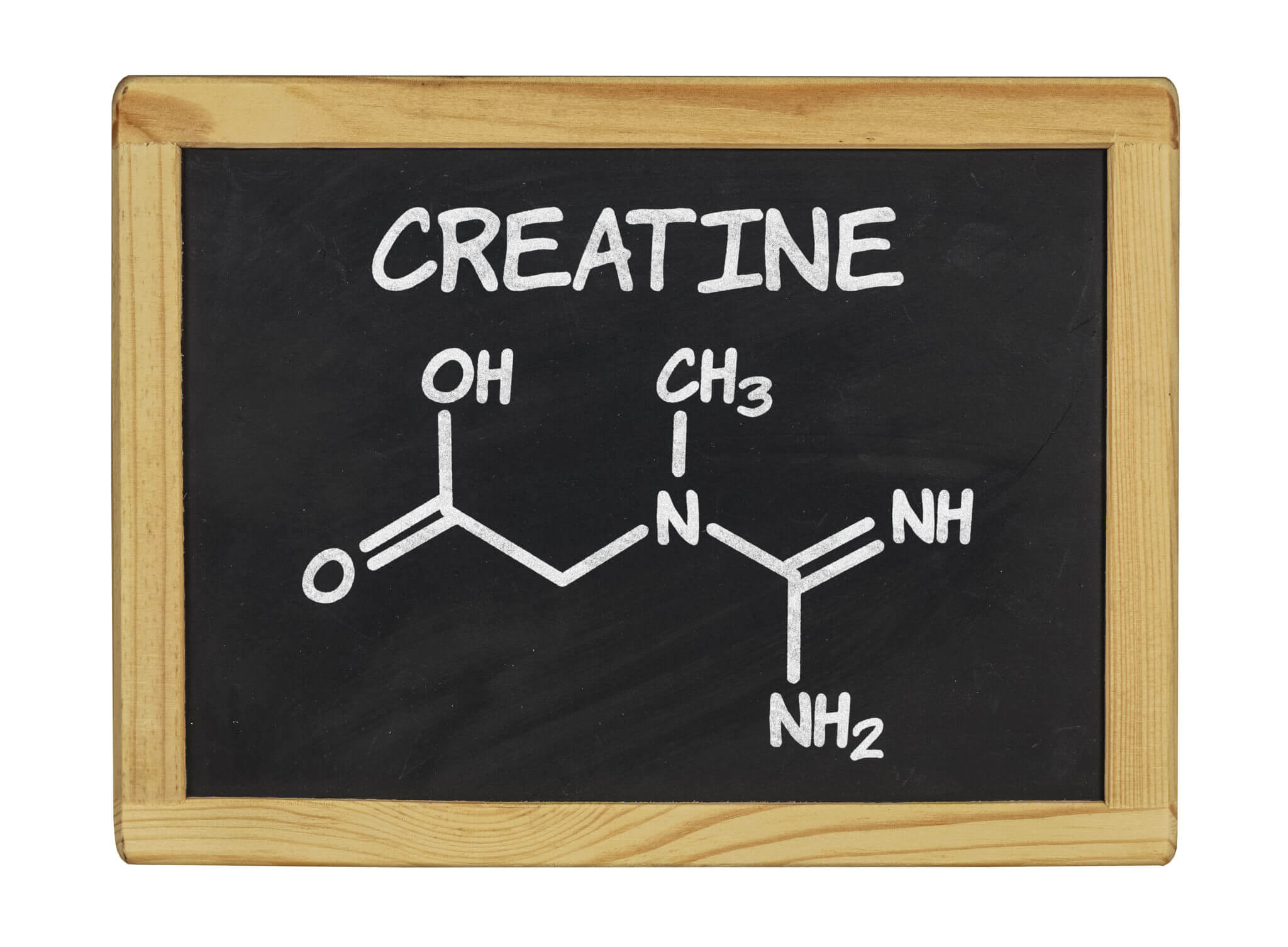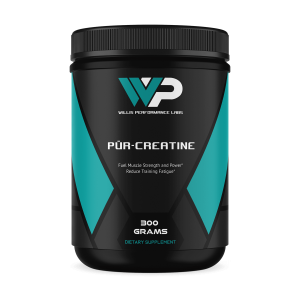
Creatine is one of the most popular supplements taken today to help with packing on size and improving performance.
And for good reason.
Most people however are not too familiar with the specifics of creatine, how to take, and when to take properly. When understood, creatine can be one of the most beneficial supplements to help you with performance gains.
Here is a quick breakdown of what creatine is exactly, its benefits, how and when to take it, and who it is the best for:
Creatine: What Is It?
Creatine is a molecule that is produced within the body. It is also found in foods like meat, eggs, and fish.
It is composed of the amino acids L-arginine, glycine, and L-methionine and is present in almost every cell, where it acts as an energy reserve. Approximately 95 percent of the body’s creatine is stored in muscle, mostly in the form of phosphocreatine.
Both creatine and phosphocreatine provide an important energy reserve to replenish adenosine triphosphate (ATP) during high intensity exercise.
How it works?
During exercise that lasts between 5-15 seconds, the muscles rely on phosphocreatine stores to resynthesize ATP. Once these stores become depleted, then the body relies on other forms of metabolism for ATP.
Supplementation with creatine increases stores of phosphocreatine, which allows muscles to work at higher intensities for longer periods of time.
This is beneficial for explosive, high intensity work, and for sports that rely on short or intermittent bursts of movement.
Other benefits include:
- Immediate improvements on maximum strength and power
- Faster rate of muscle building
- Improved anaerobic endurance
- Improved muscle recovery
- Has also shown anticatabolic effects (slows muscle breakdown)
How to Take
There are numerous research studies performed on creatine that have shown that it is one of the safest and most effective supplements to take for immediate performance improvement. Though there are multiple types of creatine, creatine monohydrate is the most researched and trusted form by which others are compared to. Powdered creatine monohydrate is your best bet.
Here are the most effective and researched ways to supplement creatine:
- Consume .3g/kg of bodyweight or .25g/kg of fat free mass for 3-5 days
- Follow this up by 3-5g/ day
- Research has shown that creatine uptake is better when taken in combination with protein and carbohydrate
- during the 3-5g/day loading phase, separate servings throughout the day to 4-5 small servings throughout the day
- consuming creatine post workout has been shown effective
Though these are general guidelines, always make adjustments based on your personal results, goals, and how you are feeling.
Who is creatine best for?
If you are trying to pack on lean mass, or trying to increase your explosiveness, or even enhance your recovery, then creatine is a good option.
If you have weight gain plateaus, or strength plateaus, then creatine can be a good solution as well.
It is also recommended that if you are new to training or just starting up a resistance training program, then creatine should not be of use just yet.
In conclusion, creatine can be one of the most effective, and safest immediate performance supplements that you can take.
It is already produced within the body, so is not foreign, and proper supplementation will further increase the threshold your of muscle’s potential to produce force, develop power, as well as recover.
If you are looking for a good creatine supplement, we recommend checking out PŪR CREATINE from Willis Performance Labs. It is in a creatine monohydrate in powder form for better and hydrolyzed for better absorption.
Train hard. Train smart.
